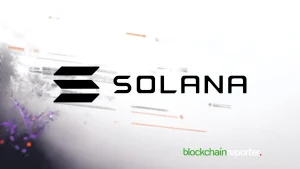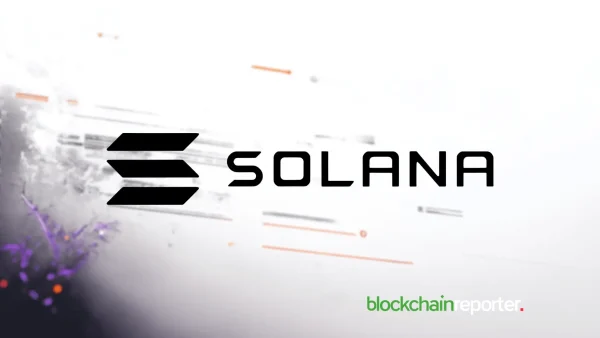
The EOS Network Foundation (ENF) has announced the approval of a groundbreaking new tokenomics model for the EOS Network, marking the beginning of a transformative era for the ecosystem. This new tokenomics proposal, which was approved by the EOS Network block producers after achieving a supermajority consensus, is set to deploy to the EOS mainnet on June 1 upon the time-delayed execution of the multisig (MSIG) proposal.
Key Features of the New Tokenomics Model
The newly approved tokenomics model introduces several significant changes aimed at enhancing the long-term growth and stability of the EOS ecosystem:
Fixed Token Supply: The EOS token supply will transition from an inflationary model with a 10 billion maximum supply to a fixed supply of 2.1 billion tokens. This shift eliminates inflation, creating a more predictable economic environment for the network.
Fully Diluted Value (FDV) Reduction: The FDV of EOS will be reduced by 80%, reflecting the new tokenomics structure. This reduction is expected to enhance the long-term value proposition for EOS holders.
Halving Cycles: The implementation of four-year halving cycles will moderate the influx of tokens into the market, ensuring a controlled and gradual release.
Middleware Operations: An immediate allocation of funding will support middleware operations, with a focus on enhancing the usability of EOS to bridge the gap between Web2 and Web3 experiences.
RAM Market Allocation: A substantial allocation of 350 million EOS is designated for RAM market enhancement. This includes purchasing EOS RAM to ensure sufficient supply and liquidity provisioning, aiming to grow and increase accessibility to the RAM market, which currently stands at a $300 million market cap.
Staking Rewards: The introduction of high-yield staking rewards, along with adjustments to the staking lockup period, is designed to incentivize long-term commitment and active participation in the network.
Enhancing Stability and Growth
Yves La Rose, Founder and CEO of the EOS Network Foundation, expressed his enthusiasm about the new tokenomics model, stating, “This new tokenomics model represents a landmark occasion for the EOS community. By establishing a fixed token supply and introducing new mechanics, we are ensuring a sustainable and prosperous new era for the EOS ecosystem. This strategic overhaul will not only stabilize the token economy but also incentivize active participation and growth within the network.”
Founded in 2021, the EOS Network Foundation was established with a vision for a prosperous and decentralized future. Through key stakeholder engagement, community programs, ecosystem funding, and support of an open technology ecosystem, the ENF is transforming Web3. As the hub for the EOS Network, the ENF supports a leading open-source platform with a suite of stable frameworks, tools, and libraries for blockchain deployments. Together, the ENF and the EOS community are committed to fostering innovation and building a stronger future for all.
The ENF remains dedicated to driving innovation and growth within the EOS Network. This tokenomics update is a crucial step in realizing the full potential of the blockchain, paving the way for a robust and dynamic economic environment. The EOS Network, known for its low-latency, high-performance, and extensible WebAssembly engine, continues to be a leading platform for enabling optimal Web3 user and developer experiences.
The approval of the new tokenomics proposal marks a significant milestone for the EOS Network, setting the stage for a new era of growth and stability. With a fixed token supply, reduced FDV, and enhanced staking rewards, the EOS ecosystem is poised to attract long-term commitment and active participation, ensuring its place as a leading blockchain platform in the Web3 space.









